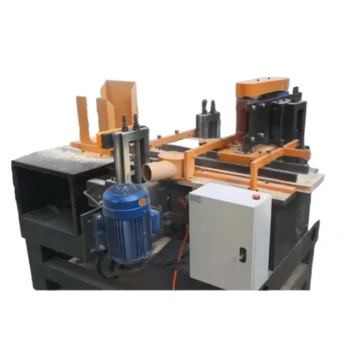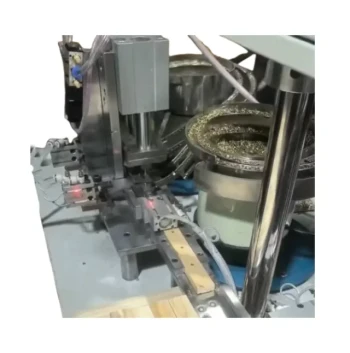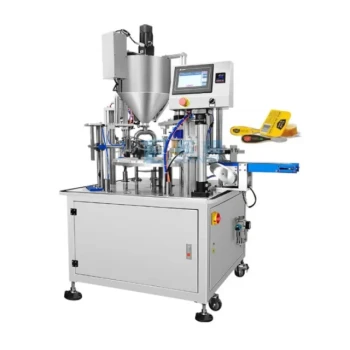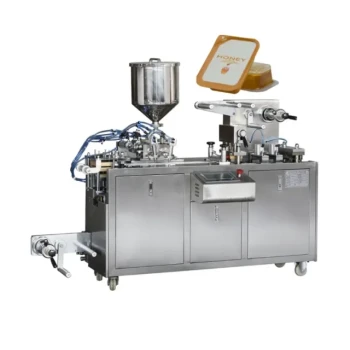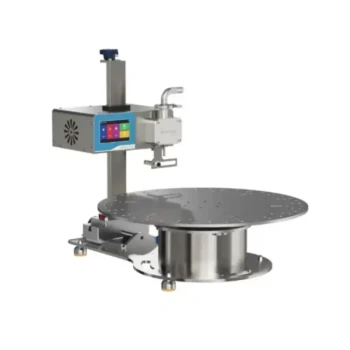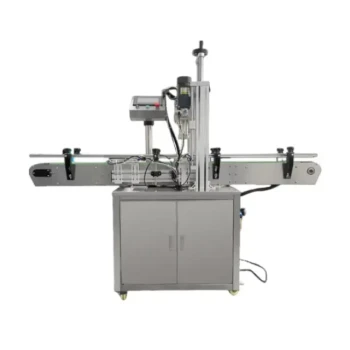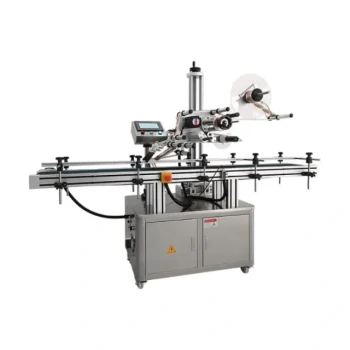At their core, hive assembly machines automate the highly repetitive and labor-intensive process of building beehives. By taking over tasks like aligning, clamping, and nailing frames and boxes, they compress what would be hours or days of manual work for a beekeeper into a dramatically shorter period. This automation is the direct mechanism for significant time savings.
The true value of a hive assembly machine is not just the speed of construction. It is the strategic reallocation of your most critical resource—your time—from manual labor to high-value tasks like colony management, pest control, and business growth.
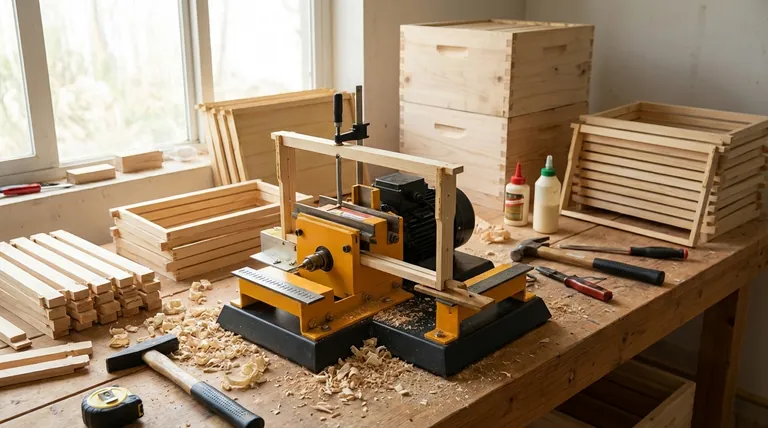
The Core Mechanism: From Manual Labor to Automation
Hive assembly machines directly address the primary bottleneck in preparing new equipment: the physical act of construction. This is a fundamental shift from a manual to an automated process.
Eliminating Repetitive Tasks
Manually building hive bodies or frames involves carefully aligning wooden parts, applying glue, and then nailing or stapling them together. This process, repeated dozens or hundreds of times, is both time-consuming and physically taxing.
A machine automates this entire sequence. The beekeeper simply loads the components into a jig, and the machine ensures perfect alignment and fastening, often in a matter of seconds per unit.
Reducing Labor and Physical Strain
The time saved translates directly into reduced labor. For a commercial or sideline beekeeper, this can mean lower costs by reducing the need for hired help for hive construction.
It also significantly lessens the physical fatigue associated with bending, hammering, and lifting, allowing you to reserve your energy for the more demanding work of managing the apiary.
Beyond Speed: The Compounding Benefits of Precision
While speed is the most obvious benefit, the consistency and precision offered by a machine provide secondary advantages that are arguably more important for long-term success.
The Value of Uniformity
Machines produce perfectly square boxes and uniform frames every time. This precision, which is difficult to achieve consistently by hand, is a critical factor in hive functionality.
Well-constructed hives have tight joints and standardized dimensions. This ensures that all your equipment—from bottom boards to inner covers—is perfectly interchangeable.
Enhancing Hive Health
Uniform, tight-fitting hive components create a better environment for the bees. It reduces drafts and minimizes cracks or gaps that pests like wax moths and small hive beetles can exploit.
When bees don't have to spend excess energy sealing these gaps with propolis, they can dedicate that energy to brood rearing, foraging, and honey production, leading to stronger, more productive colonies.
Streamlining Apiary Management
When all your equipment is standardized, apiary work becomes faster and more efficient. Supers can be swapped between hives without issue, frames move easily during inspections, and you spend less time wrestling with ill-fitting components.
This reduction in friction during hive manipulations means less disruption and stress for the bees and a more efficient workflow for the beekeeper.
Understanding the Trade-offs
While beneficial, these machines are not the right solution for every beekeeper. Objectively weighing the costs against the benefits is essential.
The Upfront Investment
The most significant barrier is the initial capital cost. Hive assembly machines represent a considerable financial investment, and the return must be justified by the scale of your operation.
Required Scale of Operation
For a hobbyist with only a handful of hives, the time spent on manual assembly is minimal and does not justify the cost of a machine. These tools are designed for sideliners managing dozens of hives or commercial operations with hundreds or thousands.
Maintenance and Space
Like any piece of machinery, these systems require a dedicated workspace and regular maintenance to function correctly. This represents an ongoing commitment of both time and resources.
Making the Right Choice for Your Operation
The decision to invest in a hive assembly machine must be aligned with your specific goals and the scale of your beekeeping.
- If your primary focus is hobbyist beekeeping (1-10 hives): The time savings are unlikely to justify the significant cost; manual assembly remains the most practical and economical choice.
- If your primary focus is scaling a sideline business (10-100+ hives): A machine can be a critical investment to break through the labor bottleneck, enabling you to expand your operation and focus on colony health.
- If your primary focus is commercial efficiency (100+ hives): An assembly machine is an essential tool for ensuring equipment standardization, reducing long-term labor costs, and maximizing operational output.
Ultimately, these machines transform hive construction from a time-consuming chore into a strategic, automated process that supports growth.
Summary Table:
| Benefit | Impact on Your Operation |
|---|---|
| Automated Assembly | Reduces manual labor from hours/days to minutes per hive. |
| Perfect Uniformity | Ensures interchangeable, draft-free hive components for healthier bees. |
| Labor Cost Reduction | Lowers dependency on hired help for equipment building. |
| Enhanced Apiary Management | Streamlines hive inspections and manipulations with standardized equipment. |
Ready to transform your beekeeping operation? For commercial apiaries and equipment distributors, HONESTBEE's wholesale-focused hive assembly machines are the key to unlocking significant time savings, operational efficiency, and colony health. Let us help you scale your business. Contact HONESTBEE today for expert advice and wholesale pricing on the equipment that powers growth.
Visual Guide
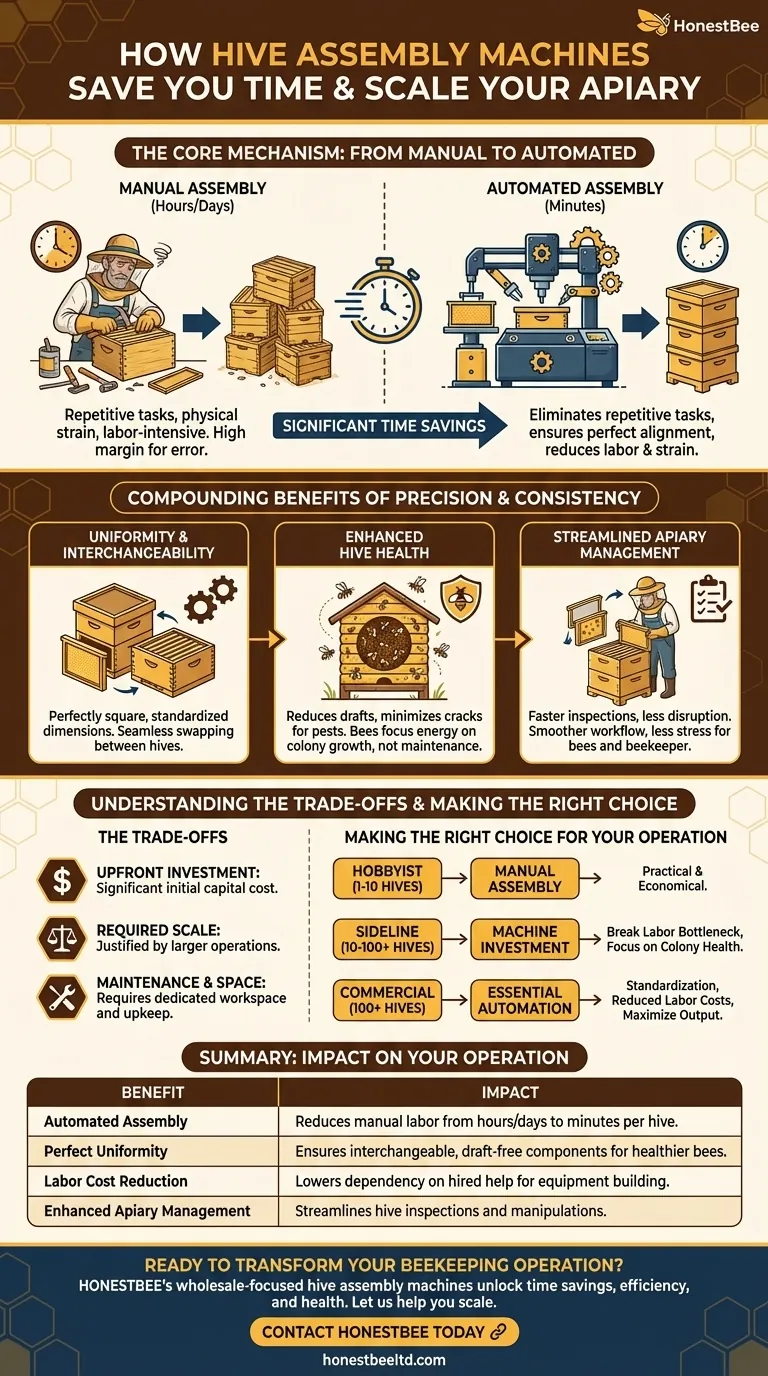
Related Products
- Mini Desktop Bee Hive Frame Forming Making Machine
- Frame Eyelets Assembly Machine Bee Frame Eyelets Fitting Machine Eyelets Machine
- HONESTBEE Bee Frame Side Bar Forming Machine Precision Engineered for High-Volume Production Bee Frame Machine
- Automatic Pneumatic Bee Frame Machine for Eyelet Insertion
- Electric Beeswax Foundation Machine With Operating Tray and Wax Foundation Roller
People Also Ask
- What is the difference between assembled and unassembled beehive frames? Save Time or Money for Your Hive
- What are the advantages of using the Beehive Frame Making Machine? Boost Apiary Efficiency & Self-Sufficiency
- What is the role of oxalic acid in plants? A Key to Plant Defense and Internal Regulation
- Why are Langstroth and Dadant beehive frames popular choices for honey extractors? Maximize Your Honey Yield with Standardized Equipment
- What are the qualities of the bee frame forming machine? Durable, Efficient, and Built to Last


